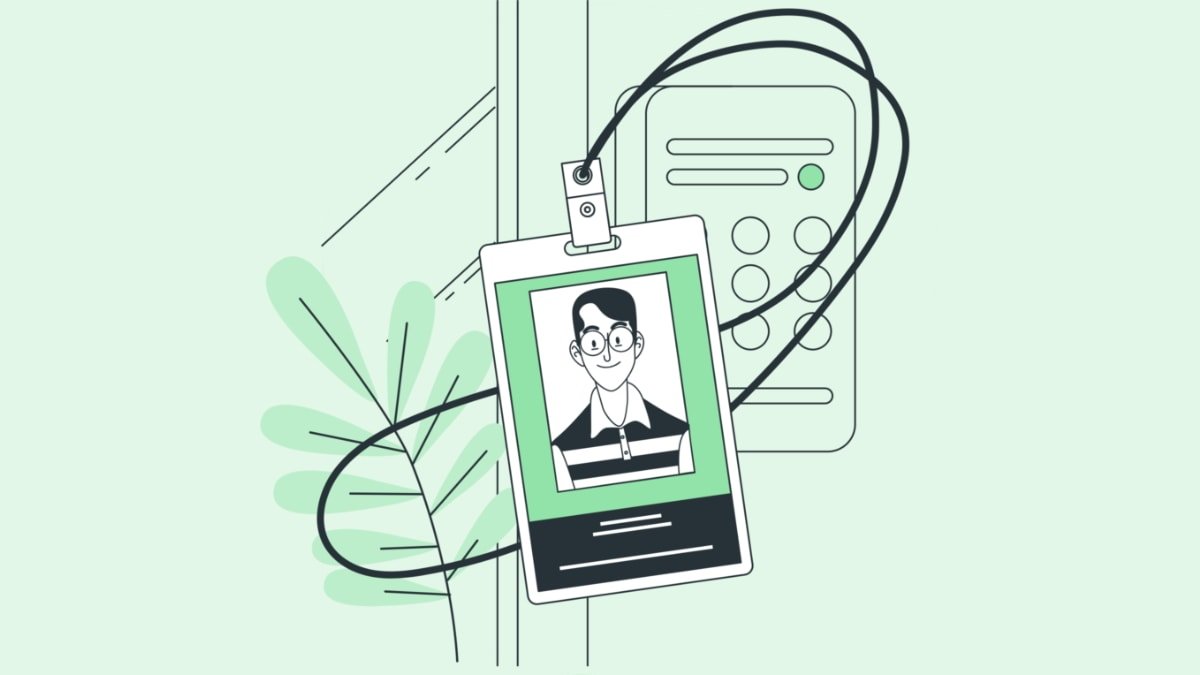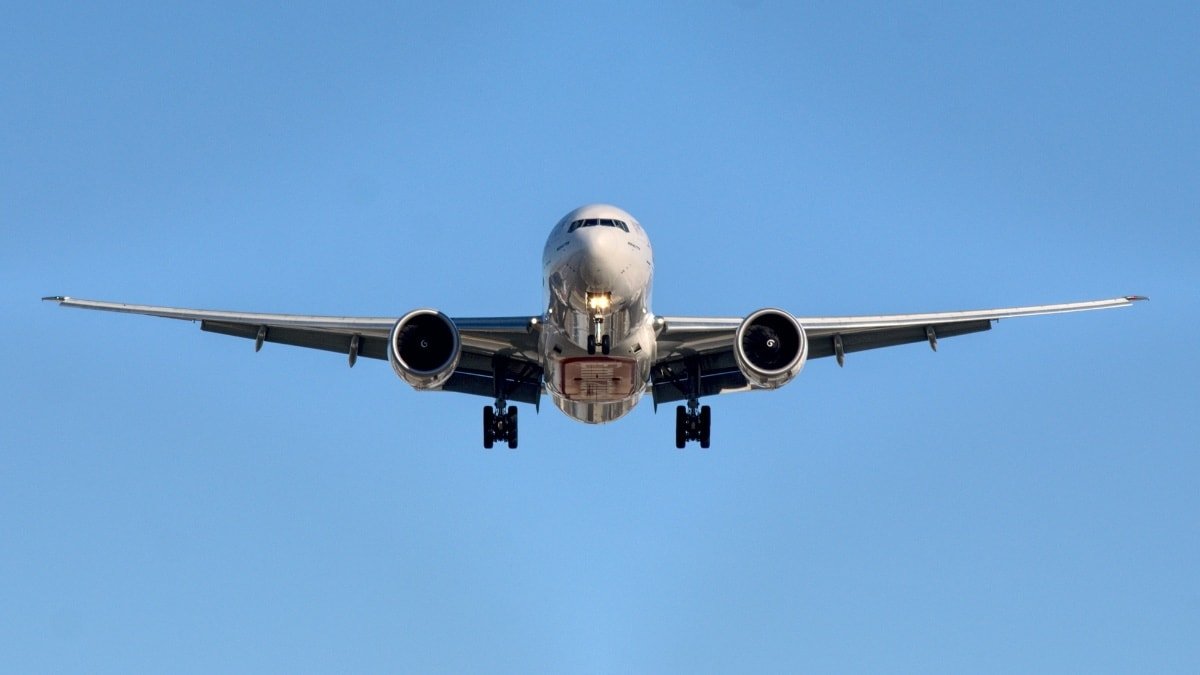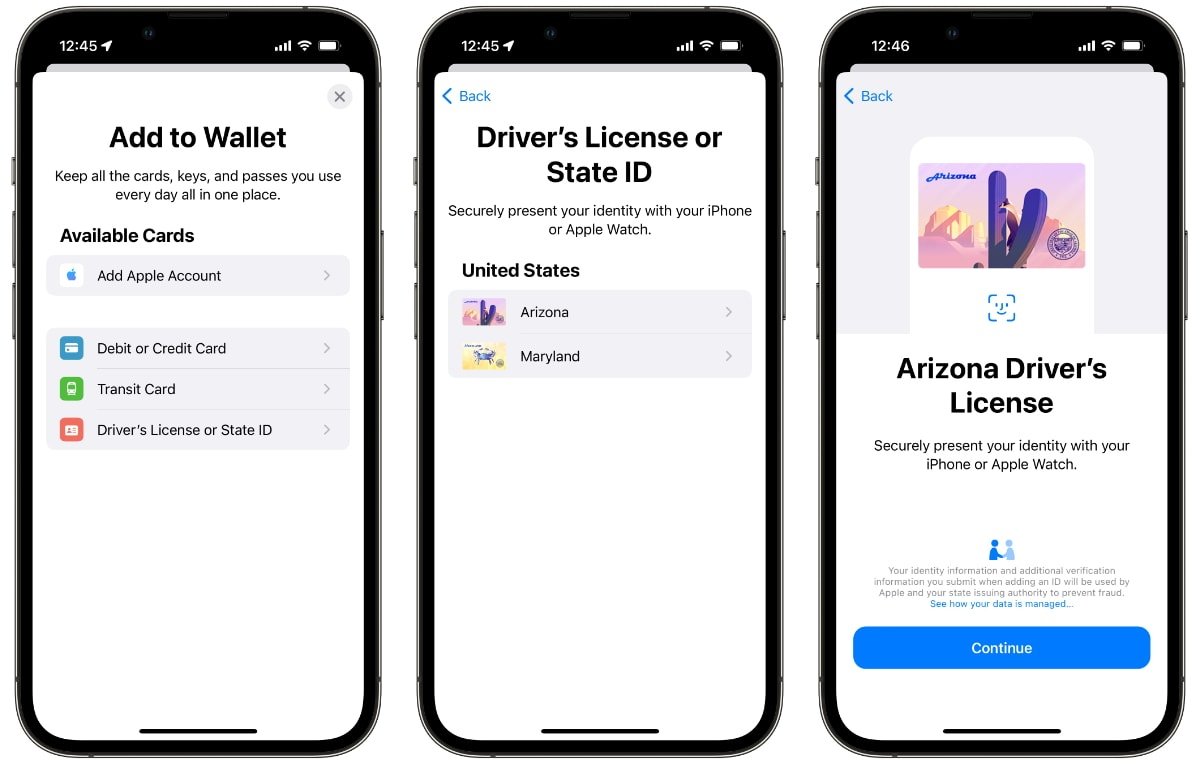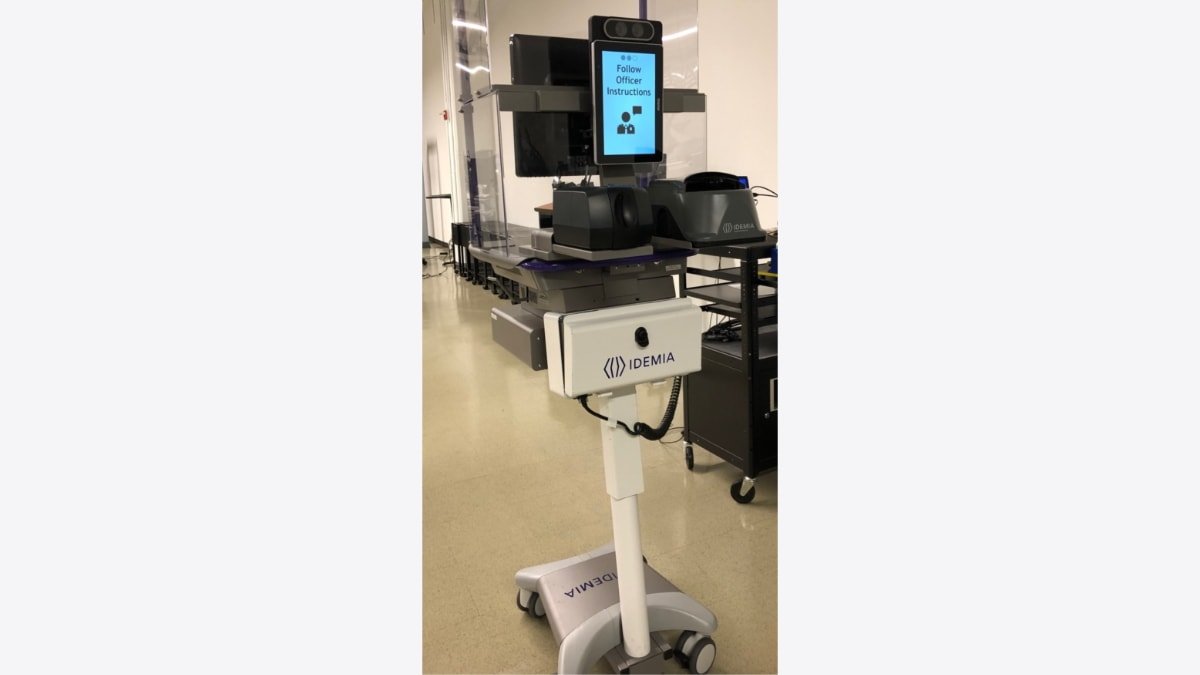Which airports support digital ID cards in Apple Wallet in June 2022
Last updated
Apple introduced storing driver licenses in the Apple Wallet app in 2021 with iOS 15. In addition, TSA checkpoints accept it in certain airports, and apps can access the data starting in iOS 16. Here's how and where it all works.
Arizona and Maryland were among the first states to roll out support, and many more states are following. As of December 2021 there were 30 states working on digital licenses.
Digital IDs
Driver's license and state ID in Wallet are available on iPhone 8 or later running iOS 15.4, and Apple Watch Series 4 or later running watchOS 8.4 or later.
NFC readers and certain apps access a license or state ID once a person stores it in Apple Wallet. It works in much the same way as using Apple Pay.
Handing over an iPhone or Apple Watch to digitally present the information is not necessary. The user controls which information is shared only after authorization with Face ID or Touch ID. This information includes legal name, date of birth, sex, height, ID number, state, issue date, expiration date, Real ID status, and ID photo.
At WWDC 2022, Apple revealed that apps could use digital ID information for identity and age verification in iOS 16. Like at a TSA checkpoint, the user reviews and consents to share the data using biometrics. The user controls the transaction. For example, a person can hide their exact age, with the app only knowing they are over 21.
Apple didn't mention this during the keynote, but it's possible websites could someday access digital ID information. For example, a web page could have this as its only age verification method, eliminating ways in which a person could lie about their age. For example, minors who try to access a porn site.
Users can scan their physical ID or driver's license inside Apple Wallet, take a selfie for identity verification, and send the information to the state for approval. Once approved, the ID will appear in the Wallet.
TSA PreCheck
The Transport and Security Administration (TSA) is actively working to develop its digital ID scanning technologies. As a result, certain TSA PreCheck checkpoints in participating states will accept digital IDs.
The agency says that it's actively testing and evaluating digital IDs in the following states and airline:
- American Airlines - American Airlines Digital ID on Android and iOS
- Arizona - Mobile driver's license in Apple Wallet
- Maryland - Mobile driver's license in Apple Wallet
Airports that are currently assessing this technology in a field trial include:
- Baltimore/Washington International Airport (BWI)
- Dallas Fort Worth International Airport (DFW)
- Gulfport Biloxi International Airport (GPT)
- Harry Reid International Airport (LAS)
- Hartsfield-Jackson Atlanta International Airport (ATL)
- Jackson-Medgar Wiley Evers International Airport (JAN)
- Miami International Airport (MIA)
- Norman Y. Mineta San Jose International Airport (SJC)
- Phoenix Sky Harbor International Airport (PHX)
- Ronald Reagan Washington National Airport (DCA)
Apple's digital ID implementation supports the ISO 18013-5 mDL (mobile driver's license) standard, which it helped develop. Other platforms, such as Android, can use this standard.
How digital ID scanners work
The TSA says it will use CAT-2 units to support the phased rollout of digital IDs. Known as Credential Authentication Technology (CAT), these devices can also scan and analyze photo IDs.
A CAT unit is electronically linked to a Secure Flight database to confirm travelers' flight information. It also displays the pre-screening status, such as TSA PreCheck, for which the traveler is eligible.
A person can tap their iPhone against the CAT-2 reader or scan a QR code. An alert will appear on the phone with a summary of the data being shared with TSA, then the person uses Touch ID or Face ID to confirm.
The unit verifies a person's identity by matching the digital ID against the information they provided when booking their flight.
A live photo is also compared against the digital ID's photo. Once verified, the traveler can proceed through the checkpoint. The TSA collects live photos and passenger data to analyze only during the evaluation period.
The data is anonymized, encrypted, and transferred for brief analysis to the Department of Homeland Security (DHS) Science & Technology Directorate (S&T). DHS deletes the data within 24 months.
Travelers should carry a physical copy of their ID just in case. The agency says that the DHS TSA digital identity pilot program is opt-in.
 Andrew Orr
Andrew Orr











 Amber Neely
Amber Neely
 Thomas Sibilly
Thomas Sibilly
 AppleInsider Staff
AppleInsider Staff
 William Gallagher
William Gallagher
 Malcolm Owen
Malcolm Owen
 Christine McKee
Christine McKee









